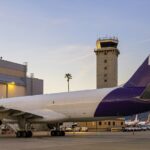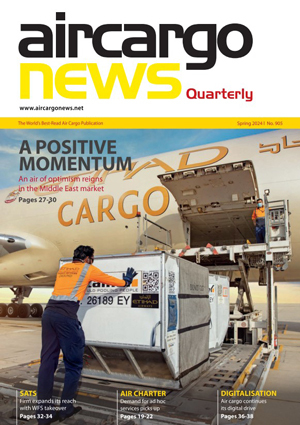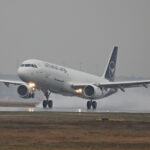Airfreight rates expected to slide this year on 2023 levels
15 / 01 / 2024

Source: Jaromir Chalabala/Shutterstock
Airfreight rates are expected to continue to decline this year compared with 2023 levels as belly capacity continues to return to the market.
Writing in his monthly Baltic Exchange column, Bruce Chan, director and senior research analyst covering global logistics and future mobility, at investment bank Stifel, said that international passenger flights in and out of China are around 20% below 2019 levels.
According to WorldACD, worldwide average rates are currently 19% below their levels this time last year, at an average of $2.40 per kg. Meanwhile, the overall Baltic Air Freight Index calculated by TAC Index in the week to January 15 is 34.1% lower than last year.
The year will continue to see capacity continue to return to the market, Chan said, while Stifel’s base case is for a “gradual recovery” in demand with growth of around 5%.
With those trends in mind, the investment bank is expecting rates to continue trending back towards 2019 levels, although not as high as IATA’s expectation of global air cargo yields coming down by around 20%.
One development that may mitigate some of the decline is the attacks on vessels in the Red Sea that has resulted in some vessel operators going around Africa rather than taking the Suez Canal route.
There is an expectation that this may result in some seafreight switching to air.
“[Rate] comparables will still be difficult early this year – especially in January, so we expect to see a continuation of significant year-on-year declines on major Asia outbound lanes, averaging in the 20-30% range,” he said.
“A mitigating factor could be higher early demand for air freight services due to the Suez/Red Sea disruption, driving capacity temporarily tighter and rates temporarily higher. For the remainder of the year, IATA forecasts call for approximately 20% year-on-year declines in global air cargo pricing.
“Our inclination is that rate declines won’t be quite that bad, but they will likely still be squarely negative as passenger capacity continues to filter into the market. Based on what we see today, a return to annual air cargo rate growth probably won’t happen until 2025, but there is a lot that can happen in that timeframe.”
Overall, Chan said the air cargo market has a complex outlook with the nearshoring trend continuing as companies look to de-risk supply chains while e-commerce continues to evolve.
“The evolution of e-commerce, including Chinese direct-to-consumer shipments to the US from companies like Shein and Temu is creating an elongated peak, which we think is likely to stick around,” he said.
Gradual increase in airfreight expected as Red Sea crisis could last months














